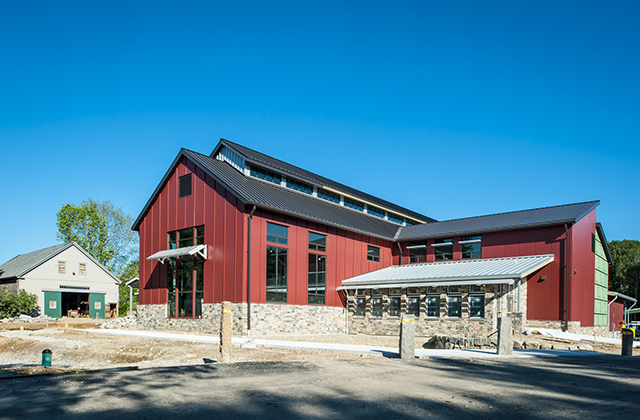
For Duncan Macfarlane, when he first started making beer professionally he counted on three important pieces of analytical equipment: a pH meter, an accurate thermometer and a simple wort hydrometer.
“Without these simple instruments, I would not be able to make good beer,” said Macfarlane, the co-owner and head brewer at The Phoenix Brewing in Mansfield, Ohio, about 65 miles northeast of Columbus.
That simple approach led to a brewery expansion just two and a half years after opening in April 2014. Phoenix upgraded to a 20-barrel brewhouse in 2016, but will still maintain the original five-barrel pub system to allow for variety in the taproom.
“The larger system is to help us increase sales to bars and restaurants in northern Ohio,” Macfarlane said. “We have been able to get our brand out a little the first couple years, but mainly it has been to make people aware of who we are and that we make a good product. Bringing customers to our taproom has always been our main focus.”
Smuttynose Brewing was established in 1994 in Portsmouth, New Hampshire, in the Southeast corner of the state. It also recently undertook an expansion project, only on a much larger scale.
When Smuttynose first opened, the brewery, like other small breweries at the time, had to depend on refurbished soft drink-bottling equipment that had been in service at independent bottling plants or old-line regional breweries that had gone out of business.
“The heart of our original bottling line was a 1950s-era, 24-head Meyer filler that had come from a defunct Dr Pepper plant in Georgia,” said Peter Egleston, the founder and president of Smuttynose. “It was a cantankerous machine that required lots of attention, filling bottles with inconsistent volumes and frightfully high D.O. (dissolved oxygen) levels. But, to me, watching thousands of bottles of Shoals Pale Ale and Old Brown Dog coming off that line was a magical experience.”
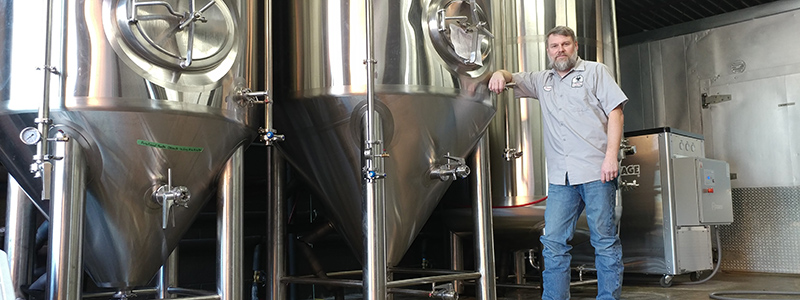
Smuttynose, which is distributed in 19 states and Washington, D.C., moved into a new brewing facility in Hampton, New Hampshire, in 2014. Egleston said it was the next step in the company’s evolutionary process.
“We opened our doors with a state-of-the-art brewhouse and bottling equipment, as well as a mechanical separator, which has allowed us to improve the consistency of our (unfiltered) beers as well as the efficiency with which they’re made,” he said.
For now, Egleston said the plan is to focus on the brewery’s backyard, the Northeast market.
“This is not to say that other locations aren’t important, but we see a lot of opportunity right here close to home, where our brand is well established,” he said. “This is where we have strong wholesaler and retailer support and where we have the greatest number of street-level sales representatives — where we’re in close proximity to our mother ship here at Towle Farm.”
Odd13 Brewing made its debut in August 2013 in Lafayette, Colorado, just east of Boulder, and co-owners Ryan and Kristin Scott quickly discovered demand exceeded the brewery’s production capabilities.
“Every time we’ve expanded, it has taken long enough that we were maxed out for several months before the new capacity was available,” said Ryan Scott, who noted that Odd13 expanded in 2016 and is looking to do so again in 2017.
Odd13’s upcoming expansion will add 50 percent in terms of fermenter space. In previous expansions, Scott said the brewery focused on tank space. This time, however, the Scotts will build up some must-needed packaging infrastructure before new tanks are added.
“Right now, it’s a ton of labor to run our canning line because it runs really fast, and everything around it is slow by comparison,” Ryan Scott said. “We are really entering a territory where we need to produce more, so adding a faster piece of equipment and putting people around it no longer solves the problem — people don’t move fast enough.
“A mistake we’ve repeatedly made since before we opened was skimping on equipment that by now would have saved us way more on labor than the difference in price from more expensive equipment.”
Odd13 plans to keep up to the demand for its beer, highlighted by best seller Codename: Superfan, by also is adding a depalletizer, a high-speed inline labeler, a date coder, an automated PakTech applicator, and a faster canning line.
Egleston can relate to the newer brewery’s growing pains.
“We knew we were in a tight spot, with respect to capacity, when we started to ‘fear’ success,” he said. “We’d find ourselves asking things like ‘What if this new beer turns out to be really popular and we can’t make enough of it?’”
Smuttynose was so concerned about growing too fast, it stopped opening new markets and slowed down the pace of new releases for a period of time because there was a legitimate concern that the brewery couldn’t make enough beer, Egleston said. The holding pattern allowed Smuttynose’s competitors to race ahead of it in the market.
Those circumstances put into motion a plan for the new facility, which has the ability to expand the brewery’s physical capacity with a larger, more efficient brewhouse, more tank capacity and a faster, higher-quality bottling line. Smuttynose, at the same time, wanted to achieve better logistical efficiency of raw materials, finished products and waste materials throughout the plant.
“Designing a brand new, purpose-built brewery gave us the opportunity to design efficiencies in from the ground up,” Egleston. “One example is, we use a lot of CO2 in our process. We receive this in bulk as a liquefied gas, which must be vaporized before we can use it. This expanding gas is a natural (and completely free) source of refrigeration, which we use to help cool our warehouse by passing the liquid gas through an enormous radiator that hangs between the roof trusses in our warehouse.”
Macfarlane estimates a 1,000-barrel output in 2017 for The Phoenix, but realizes all the new equipment in the world can’t substitute the “nose test.”
“Brewers use their senses to give a final evaluation of each beer,” he said. “Color, clarity, aroma and taste can outweigh any tests we may do on the beer. Getting final measurements is extremely important before sending our beer to a packaging line, but if the taste or smell isn’t right, some decisions need to be made.”



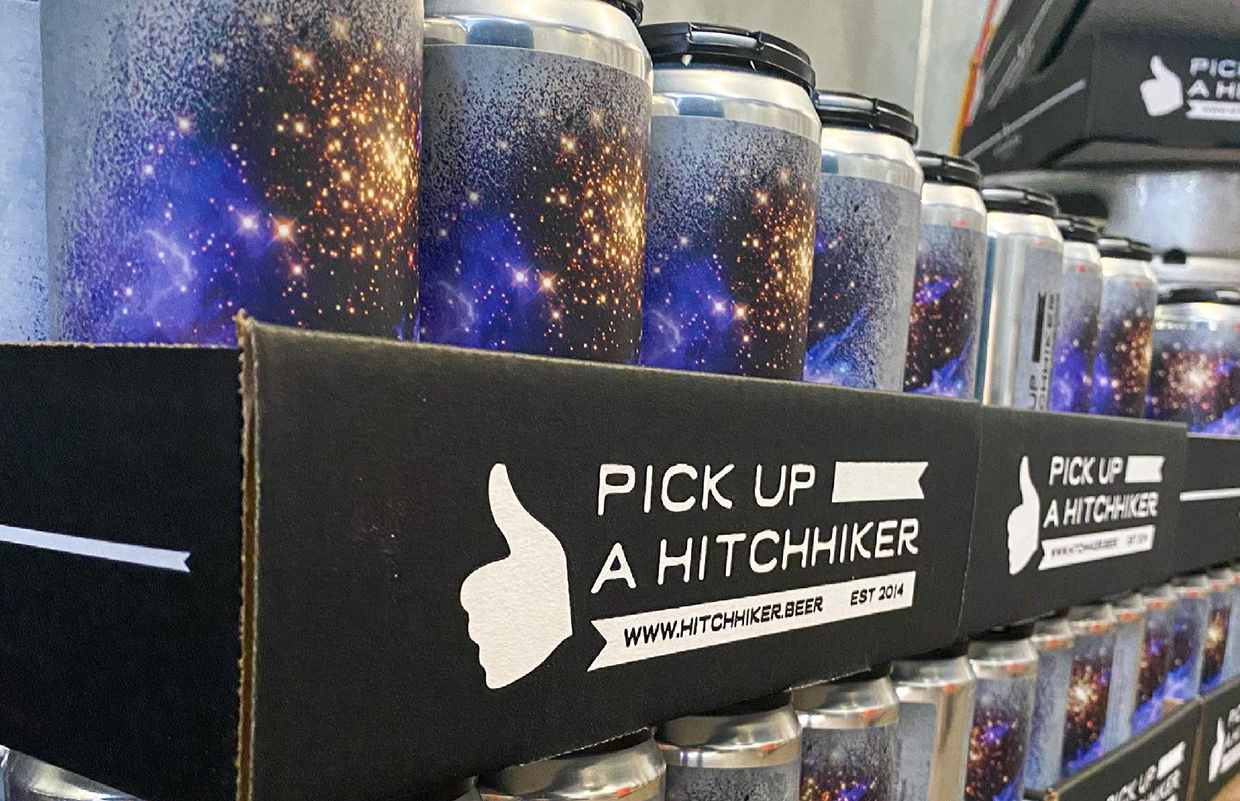
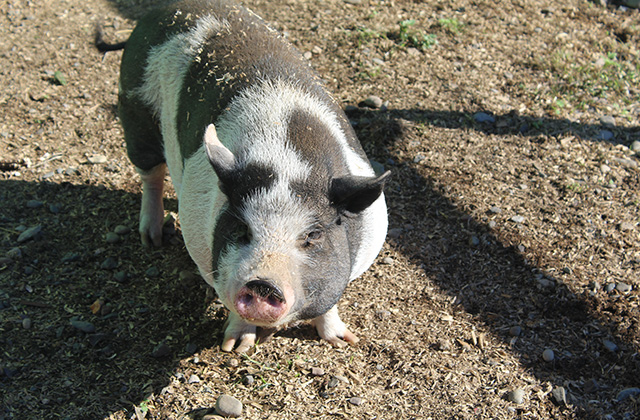
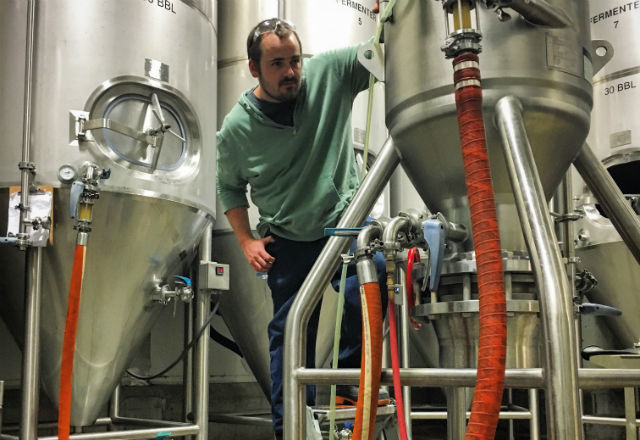
Be the first to comment